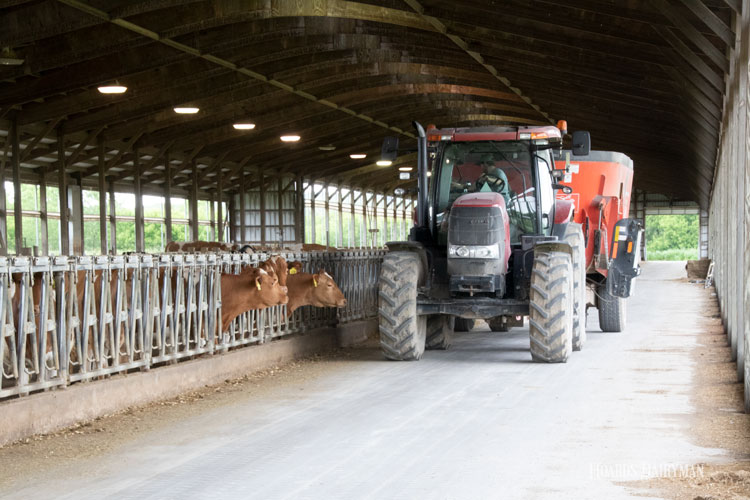
If we hear a farmer talk about their “employees” or their “workforce,” it might be easy to think that the farm is a large operation where multiple or maybe even dozens of people work. The connotation of these words carries a meaning of significance.
But as Nicole Ayache of the Farmers Assuring Responsible Management (FARM) program described, workforce development encompasses all aspects of safety and human resources on the farm. These areas apply to everyone involved in carrying out daily tasks, whether they are one of a few family members, a hired member of a larger team, or somewhere in between.
Different needs
To help create a safe, quality work environment, the FARM workforce development area follows the example of its other areas, such as animal care, in providing a best practices manual. Developing that manual came out of work by topic experts in safety and human resources and then a pilot program in which 45 farmers used the evaluations to assess their farm.
In addition to positive feedback and discussions from the tools, some farmers questioned their need for workforce protection. Ayache explained that, “There were a lot of questions from our smaller producers about, ‘How is this going to work for me? I only have two employees, so what does this look like on my dairy?’”
She recognized that labor practices for farm help are going to be different for smaller operations as compared to larger ones; that’s why FARM is working on a Version 1.1 of standards specifically tailored for farms with fewer employees.
“It doesn’t mean that the best practice isn’t useful, but it just might look different,” she recognized.
Employer of choice
Those best practices are designed to help dairy be competitive in the labor market to fill shortages and to continue improving safety in a dangerous occupation. Ayache described that in a national survey of over 600 dairy farmers, they found that about 40% hire nonfamily labor.
There is already a wide span of federal and state laws regarding farm labor, so FARM instead directs attention toward helping farmers find best labor strategies for their farm and their workers. A variety of human resource tools, hiring tips, legal fact sheets by state, and training videos are available on their website.
Workforce development is not a mandatory part of FARM right now, and more processors and co-ops continue to sign up for the program. But Ayache encouraged producers to talk with their FARM evaluator to find what will work for their farm.
“If you asked a dairy farmer why they went into dairying, they’re probably not going to say ‘Because I wanted to be an HR manager,’” she said. “But it becomes part of the job for many producers, even if they have just one employee. What can we do through FARM to get resources out to producers to help in that area?”








